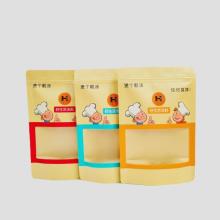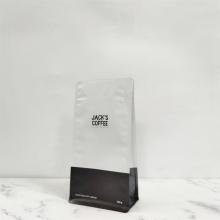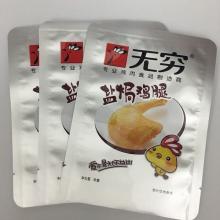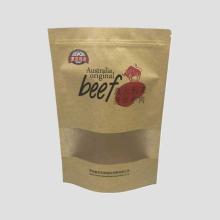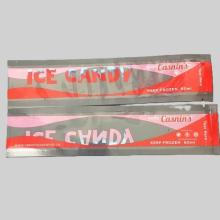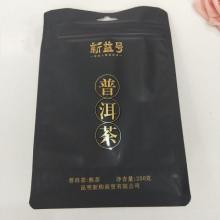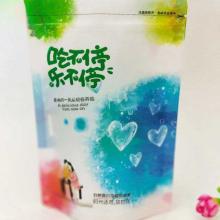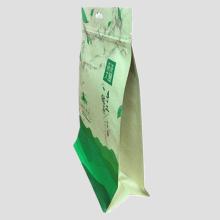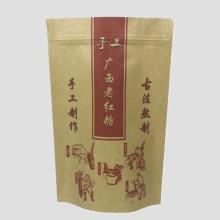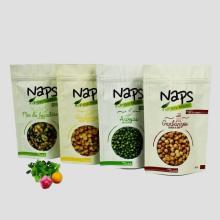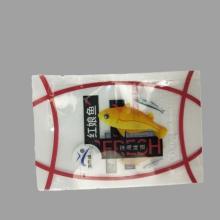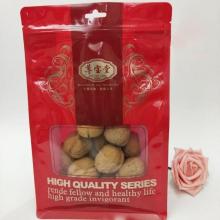Food packaging refers to all kinds of containers, materials and aids used to wrap and protect food, as well as to maintain the quality and safety of food in the entire process of food from production, processing, transport to sale to consumers. Good food packaging can not only protect food from the external environment (such as light, oxygen, moisture, microorganisms, physical damage, etc.), to extend the shelf life of food, but also provide convenience, while conveying the product information through the label, including nutritional composition, consumption methods, production date, shelf life and so on. The main materials for food packaging are:
- Plastic: Plastic is one of the most widely used food packaging materials because of its lightweight, low cost and easy to mould. Common types of plastic are polyethylene (PE), polypropylene (PP), polyester (PET), polyvinyl chloride (PVC), polyvinylidene chloride (PVDC) and so on. Among them, polypropylene (PP) is commonly used in microwave heating containers because of its high temperature resistance.
- Paper and paperboard: including uncoated paper, waxed paper, greaseproof paper and laminated paper, etc. They are widely used in the packaging of dry food, frozen food and ready-to-eat products. Paper-based materials are environmentally friendly, biodegradable and recyclable.
- Composite materials: made of two or more materials laminated or bonded to integrate the advantages of different materials, such as plastic and paper, aluminium foil composite materials, commonly used in packaging that requires high barrier properties, such as coffee packets, crisps packaging.
- Natural materials: such as sacks, cloth bags, bamboo products, etc., mostly used for primary packaging of agricultural products, emphasising natural environmental protection, but the protective properties are relatively weak.
- Other materials: metal, glass, ceramics and so on.

